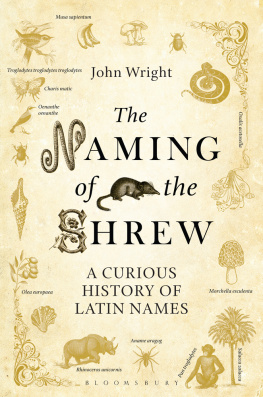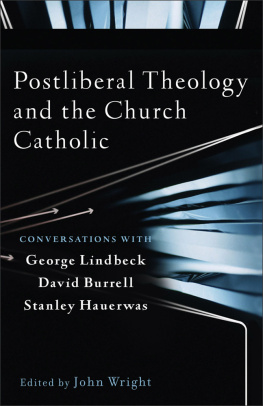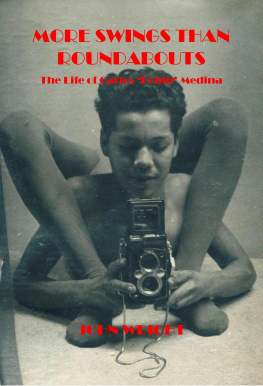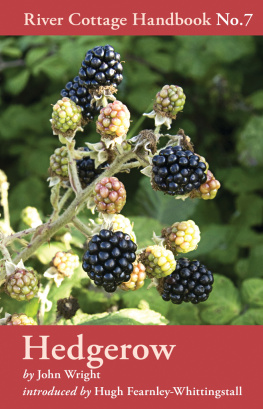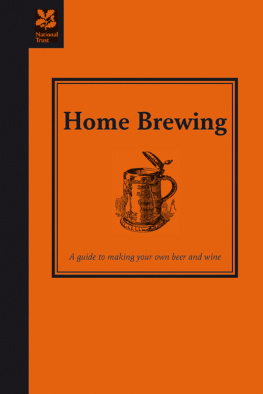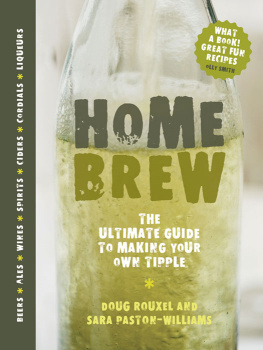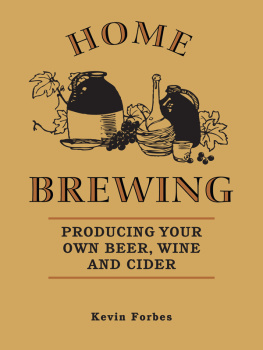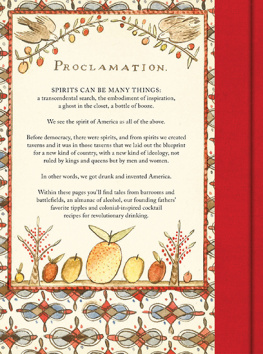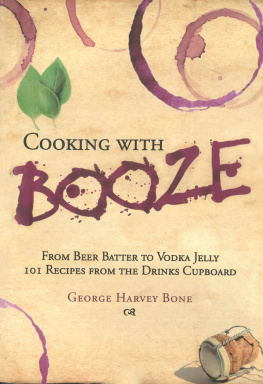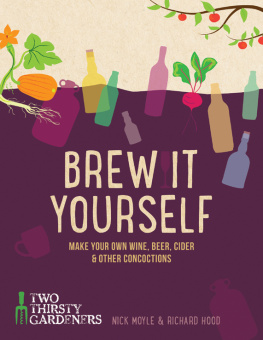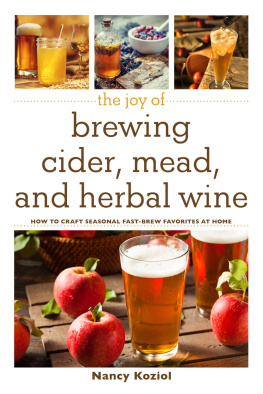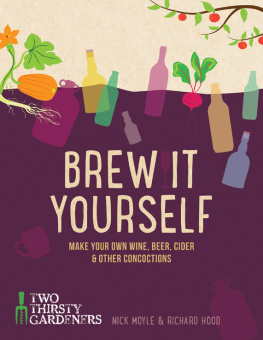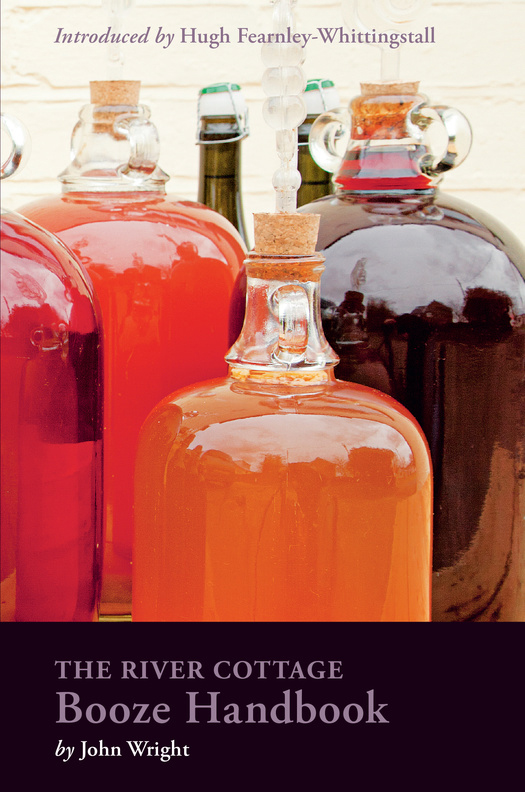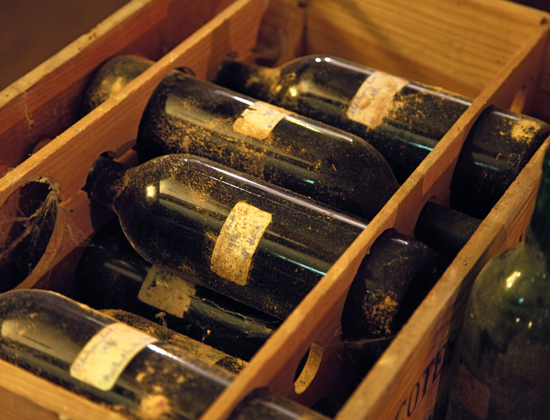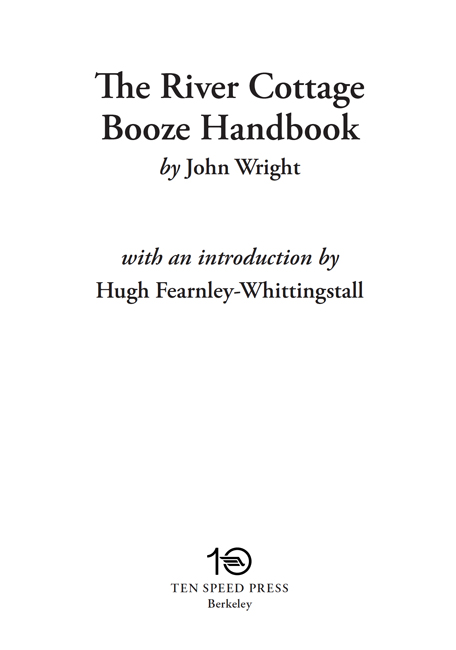All rights reserved.
Published in the United States by Ten Speed Press, an imprint of the Crown Publishing Group, a division of Random House LLC, a Penguin Random House Company, New York.
www.crownpublishing.com
www.tenspeed.com
Ten Speed Press and the Ten Speed Press colophon are registered trademarks of Random House LLC.
Originally published in slightly different form in Great Britain by Bloomsbury Publishing Plc, London, in 2013.
I have many reasons to be glad that I know John Wright. There is my confidence, developed over many a shared foraging expedition, that the mushrooms I gather will not kill me. There are the friendly debates, escalating only occasionally to incredulous spluttering, about the finer points of wild-food preparation (you should see him trying to peel a chestnut a fish would do it more effectively). There is my respect for the lengths he will go to in order to reach the topmost damsons on a tree or the remotest patch of sea kale. But one of the things I appreciate most in John is his sound and sensible regard for the subtle art of imbibing. Its a pleasure to spend time with a chap who is so fond of a good tipple.
John has been the wild-food expert at River Cottage for many years now. His encyclopedic knowledge and infectious enthusiasm have inspired countless visitors to gather and enjoy wild food for themselves. This is Johns fourth River Cottage handbook. The previous three, focusing on mushrooms, the edible seashore, and hedgerow foraging, dealt with fairly immediate ways to consume the wild harvest. This one is more about helping your ingredients take a leap toward immortality, to borrow a phrase, by turning them into liquors and libations that will tickle your fancy and warm your cockles (though some may proceed directly to tickling your cockles) weeks, months, and indeed years after the ingredients were gathered. Some of his beer recipes, meanwhile, go beyond the wild-food remit and use the classic base ingredients barley and hops from which almost all great ales are born.
There is something more than toastworthy truly admirable in fact in brewing your own beers and wines. Showing both the commitment required to gather the raw ingredients and procure the right equipment, and then the restraint needed to blend, bottle, and wait until the brew comes good, takes a certain kind of patient determination. John has this in abundance. But it is mingled with a much more raw and immediate quality, a passionate drive to gather the best fruits, to produce ever-better drinks, and to find new ways of doing so. Beneath his calm and laconic exterior, he is keen as mustard, driven, a home brewer of extraordinary perspicacity. Come between this man and his must bucket at your peril.
Its this almost paradoxical combination of clear focus and gay abandon, the willingness to go that one step further, to try the next thing or sample a new ingredient, that underlies this book. Truly, if you have any leanings at all toward producing your own liqueurs, wines, or ales, you could not have a better guide. You have here all the benefits of Johns exhaustive research and experimentation and, not to be sniffed at, his considerable years of determined drinking experience.
Flip through these pages and I am sure you will be intrigued by the gloriously colored, scented, flavored, and indeed titled concoctions John has brewed up. Who would not be impatient to try rose vodka, Aleister Crowleys bitter (bitter about what, one wonders? the fact that John has stolen his recipe presumably), or even The oldest drink in the world flavored by amber, of all things?
John has written an extensive chapter on infusions, the very simplest and most immediate of homemade alcoholic drinks, which do not involve brewing or fermentation at all, just the gentle mingling of fruits, flowers, or leaves with a ready-made spirit. If youre new to DIY drink production, Id urge you to start here. These recipes are for the most part amazingly easy and have very impressive results.
Once youre bitten by the booze bug, you can move on into its slightly more complex dimensions. John unravels the arcane-seeming art of wine making, laying it bare for the simple chemical process it is, while allowing for the mysterious alchemy that occurs when you throw fruit, sugar, and yeast together, and the surprises that may inevitably result from the use of variable wild ingredients. I long ago learned the true value and character of such wines. They are not, as some people seem to think, intended to be imitations of great, grape-based vintages. The idea or at least my idea, and John Wrights, too is to broaden and enhance your drinking experience, to introduce yourself to a range of flavors and bouquets that you will simply never experience if you stick to store-bought vino.
I quibble with John on only one point of hedgerow wine making. Its our ongoing wine lovers tiff. can be delicious. And I have a bottle in my wine rack thats going to prove it to him in about a years time (Johns been drinking his just a few months old too young, John, too young!).
Johns chapter on brewing beer will set you up to produce ales, stouts, lagers, and bitters that really will give the best commercially made beers a run for their money. Ive tried a pint of his , and I can tell you it was not ordinary at all. I love the democracy of this chapter, the way it places beer making back firmly in the common realm, at the fingertips or, more accurately, in the kitchen, garage, or garden shed of anyone who has a yen for it, just as it always used to be in the days when supping ale was more popular than drinking water.
And even if you put all its technically enabling qualities aside for one moment, you can enjoy this book for the sheer quality of the writing. John is never less than a pleasure to read brilliant, funny, and wise (annoyingly often). If you are not quite ready yet to fill your loft with bubbling demijohns, you can still savor Johns humor and enthusiasm. His wit is as dry as a glass of oak moss gin, and his vision just as clear although sometimes a little less so following a good sampling session.
But really, I doubt youll get far into this book without feeling the itch to get brewing. Youll soon be persuaded that making liquers, wines, and beers is the most splendid way to preserve and celebrate various hedgerow harvests as well as good ingredients that youve actually paid money for. Soon youll be raising a toast with a glass of your very own, unique vintage. And Id be delighted to join you in saluting the author who inspired you. Cheers, John!
Hugh Fearnley-Whittingstall, East Devon, September 2013


